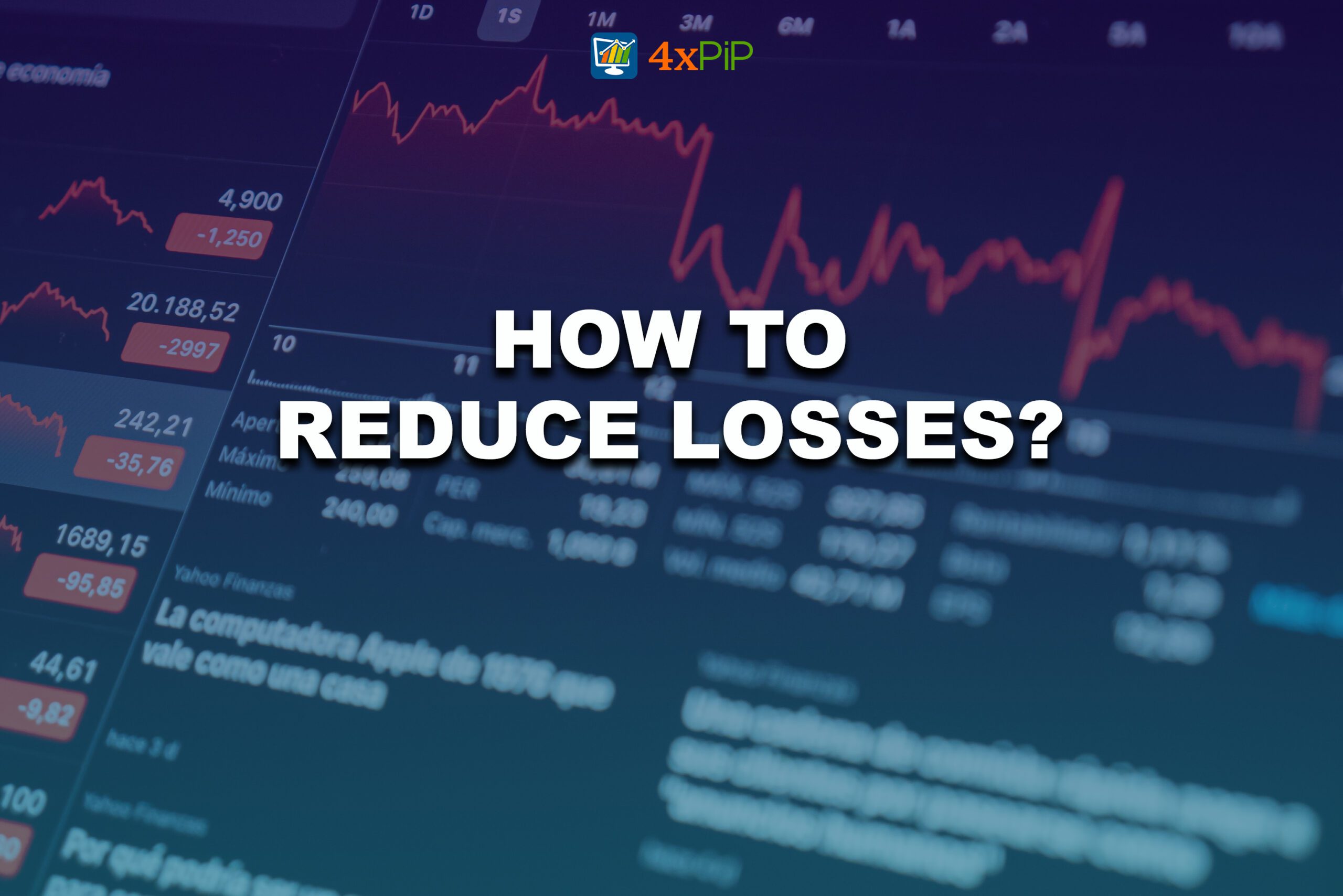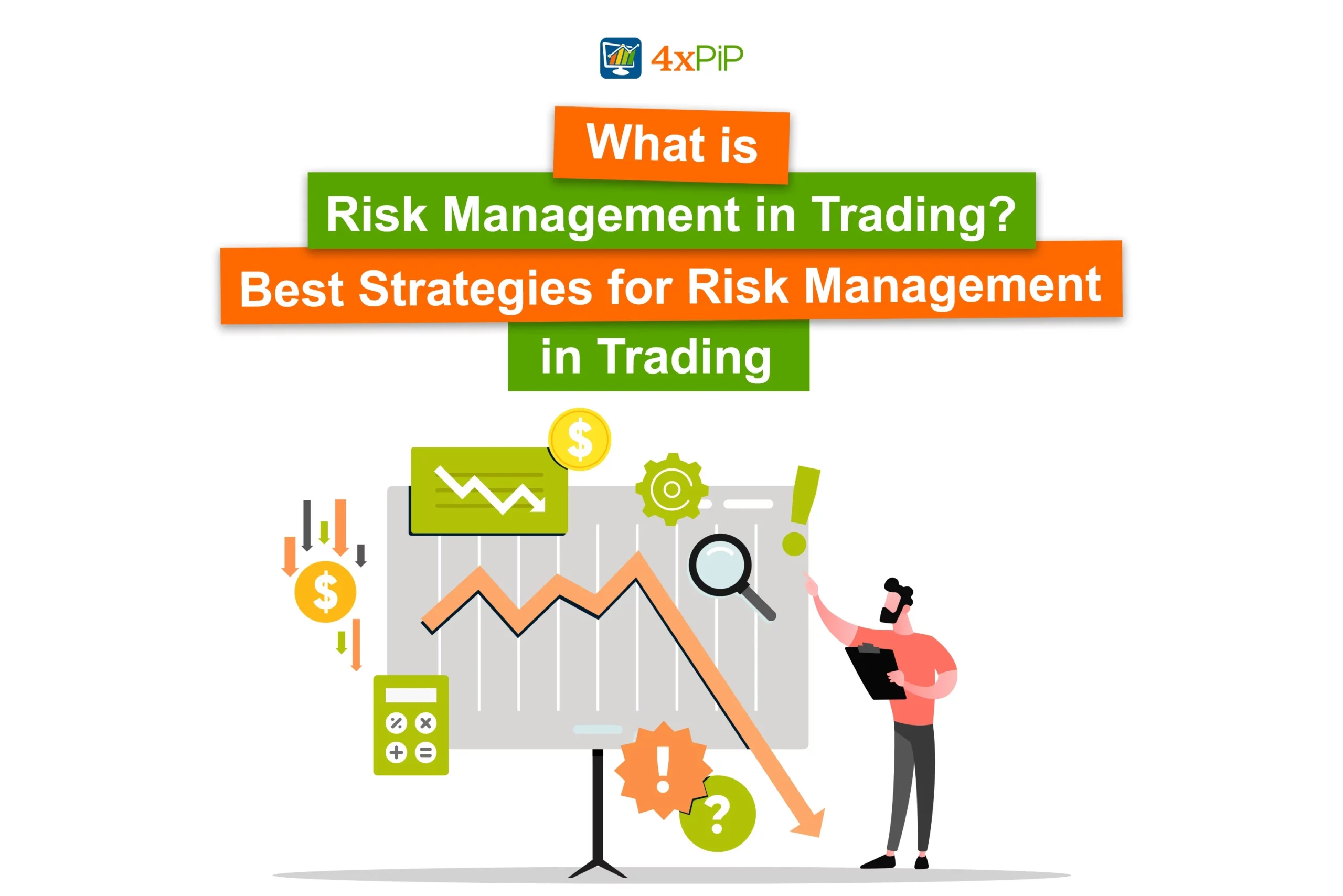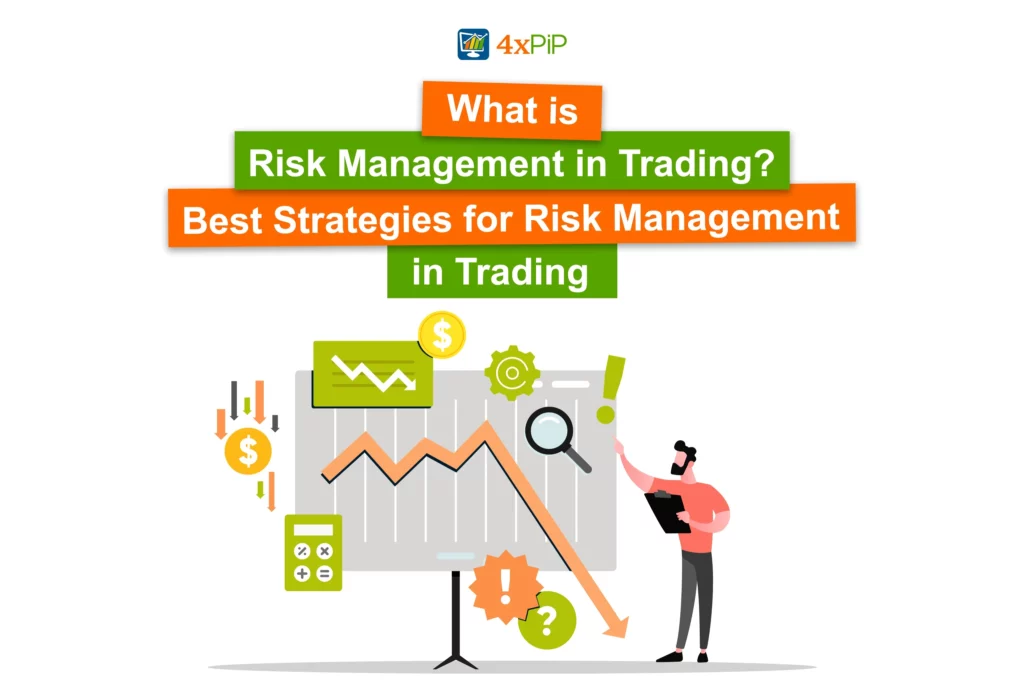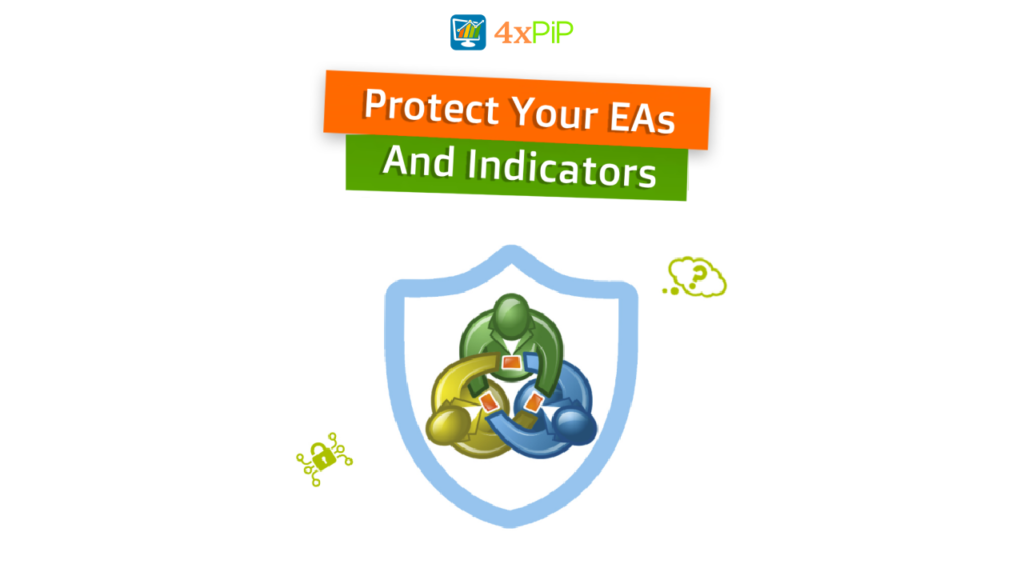To survive the risks of trading, it is essential to minimize losses. This starts with developing a trading strategy that considers your win-loss percentage and average win and loss sizes. Additionally, it is crucial to avoid catastrophic losses that could wipe out your entire account.
By minimizing losses, investors can increase their chances of long-term success. This is because even a successful trader will experience losses from time to time. However, by keeping losses small, traders can avoid the devastating impact of a catastrophic loss.
In this article, 4xPip has delivered a deep knowledge about the strategies that can minimize risks. If you’re new to trading, do take advice from 4xPip’s experts and check their products and robots for auto trading. 4xPip is one of the best websites to provide trading tools and information.
Are There Any Risk Management Strategies for Traders?
Traders face the risk of losing money on every trade, so risk management is essential. This means determining your risk tolerance, calculating your risk-reward ratio on every trade, and taking steps to protect yourself from black swan events.
Financial losses are inevitable in trading, but success depends on minimizing them. Effective risk management starts with a strategic approach considering win-loss ratios and average gains and losses. Avoiding catastrophic losses that could wipe out your capital is crucial.
Success in trading relies on disciplined adherence to a rational strategy and emotional control in decision-making.
Gaining Insight into Typical Risk Management Approaches:
Risk is inherent in trading, but successful traders still make money in the long run by managing their risk effectively. This means knowing their trading strategy’s win-loss ratio and the average size of their wins and losses. If these numbers add up to long-term profitability, traders are on the right track. If not, they need to adjust their strategy or risk losing money.
How to Reduce Losses?

Ed Seykota’s three rules for successful trading all emphasize the importance of “cutting your losses”. A common guideline, especially for day traders, is never to risk more than 1% of your portfolio on a single trade to mitigate potential damage from a string of losses.
Managing a 10% drawdown is feasible with a profitable strategy, but larger losses become increasingly challenging to recover from. For example, losing 50% of your capital requires doubling your remaining funds to break even.
To avoid significant losses, consider using automatic stop-loss orders, which trigger when your losses hit a predetermined level, eliminating the need for manual intervention.
Emotions and Trading:

Managing emotions is the hardest part of trading. Successful traders follow a proven trading strategy and stick to the rules, even when taking losses or missing out on gains.
Is Diversification A Risk Management Strategy?
Yes! Diversification is a way to reduce your risk by investing in various assets. This means that if one asset loses value, the others are still likely to perform well, which will help to offset your losses.
For example, a diversified portfolio might include stocks, bonds, and commodities. If the stock market takes a downturn, the bonds and commodities in your portfolio may still perform well, which will help to protect your overall investment.
Another way to diversify is to invest in different industries and sectors. For example, if your portfolio is heavily weighted towards technology stocks, you may want to consider adding some healthcare or consumer staples stocks to reduce your risk.
By diversifying your portfolio, you can help to ensure that your investments are less volatile and that you are more likely to achieve your long-term financial goals.
Examples of Risk Mitigation:
Insurance, whether in the context of cars or financial markets, exemplifies risk mitigation. A third party assumes the risk in exchange for compensation. For instance, car insurance companies receive premiums from drivers and provide compensation for covered accidents. Similarly, Credit Default Swaps (CDS) in finance involve one institution receiving premiums to insure another against credit events. Risk avoidance, another strategy, aims to completely prevent exposure to specific risk scenarios.
Conclusion:
Risk management is the process of identifying, assessing, and mitigating the risks associated with trading. It is essential for traders to survive and thrive in the financial markets.
If you want to download risk management check out now:
Here are some key risk management strategies for traders:
- Understand your risk tolerance: This is the maximum amount of money you are comfortable losing on a single trade or over a period of time.
- Use stop-loss orders: These orders automatically close your position when the price of an asset reaches a certain level, limiting your losses on losing trades.
- Diversify your portfolio: This means trading a variety of different assets, such as stocks, bonds, and commodities. By diversifying your portfolio, you can reduce your overall risk exposure.
- Manage your emotions: Fear and greed can lead to impulsive decisions that can result in losses. It is important to stay disciplined and follow your trading plan, even when it means taking losses or missing out on gains.
By following these risk management strategies, traders can increase their chances of long-term success.





